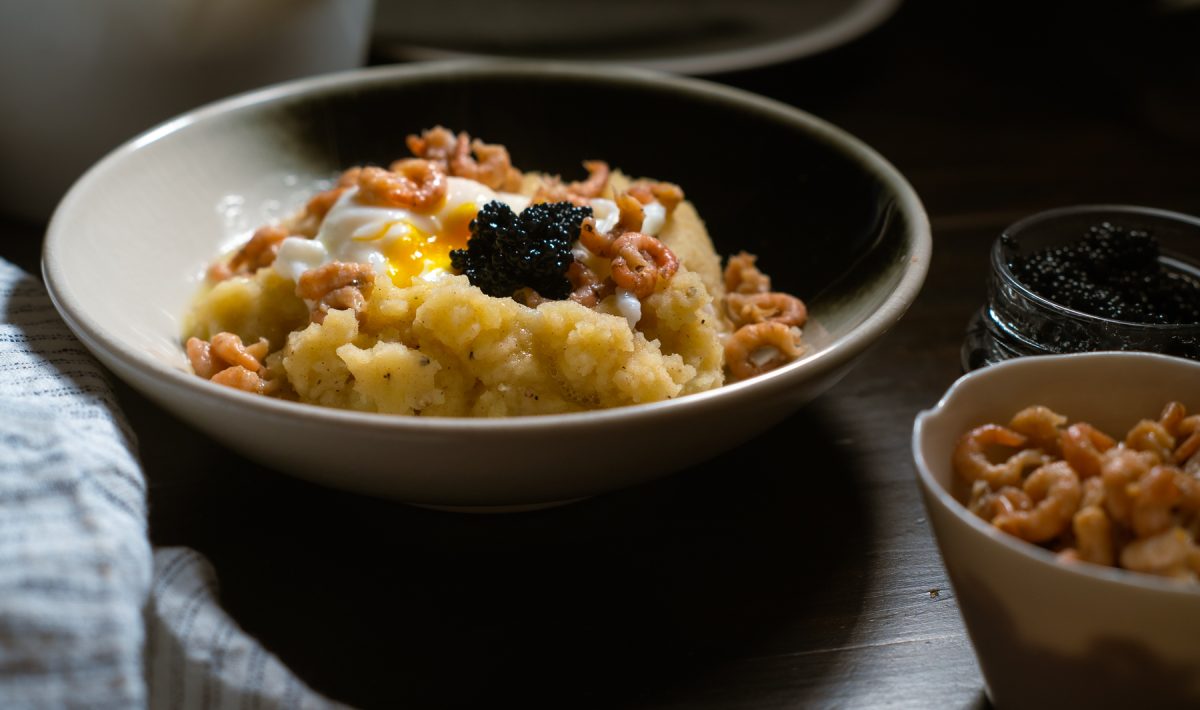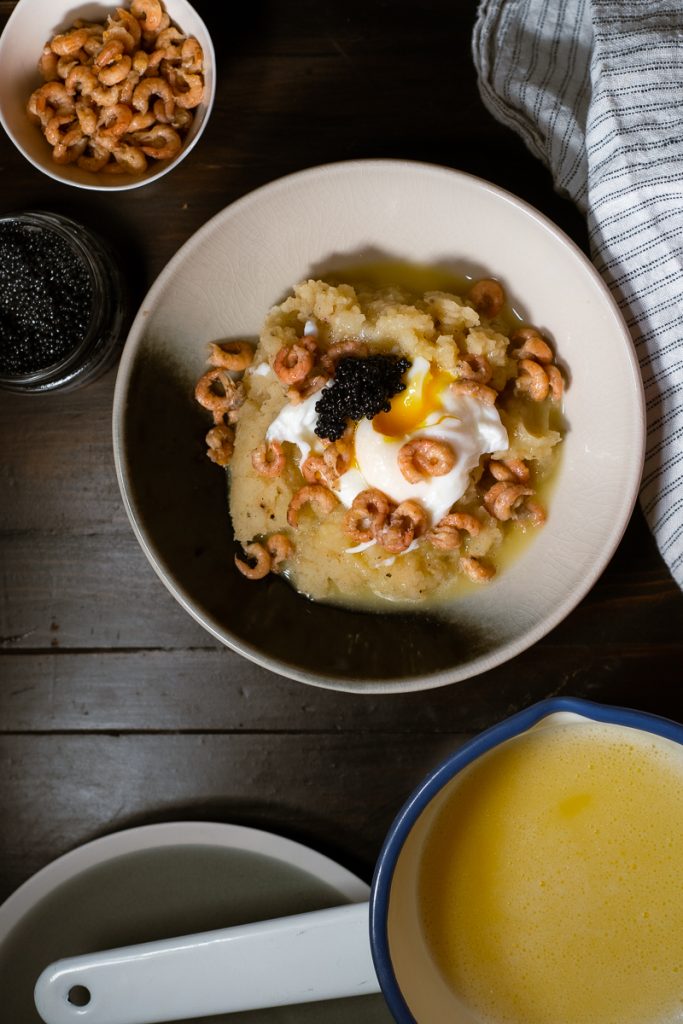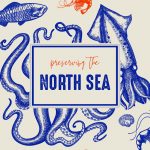Belgians Love Garnaal
In many households around Belgium, North Sea shrimp (garnaal) are a staple of holiday cooking. On top of the list no doubt are the famous garnaal croquettes and, today’s recipe, Garnaal and Buttermilk Mash. For such a small country, Belgians are crazy about the little sand crawlers. And they take up a surprisingly large share of the shrimp market. Of the 35,000 tons of shrimp caught each year in the North Sea, fully half are consumed by Belgians. And it seems that the cuisine can always find a place to squeeze them in. They seem to treat the shrimp like a common ingredient for every household, but the truth is a bit more complicated. In fact, until very recently the crustacean would have only been found on two tables: those of the very rich and the very poor.
Center for Agrarian History
I was poking around the website of the Center for Agrarian History (Centrum Agrarische Geschiedenis) this week. It’s a research center and library dedicated to the study of agrarian heritage, food history, and rural life in Flanders, Belgium. Looking through some of the old photos and reading some of the stories inspired me to contact them and set up a meeting. I have no doubt they are scholars worth talking to. We’ll see where that leads.
It was in the Center’s archive of stories where I came across some history regarding the procurement and consumption of the garnaal. It turns out that there were dune farmers on the coast of Belgium. These dune farmers mostly grew potatoes and onions. The growing conditions are harsh up on the coast, and the cost of livestock prohibitive. Therefore, they lived a meager existence. One way to supplement their meals, and their children’s meals, was to net some shrimp in the nearby beach sand. Surprisingly, it wasn’t until holidays to the beach became popular in just the last century or so, when inland bourgeoises discovered the gray shrimp on hotel menus.
Oddly enough, there is plenty of evidence going back hundreds of years that indicates the super wealthy were also consuming the little sea bug. The cookbook in the Hapsburg’s kitchen has recipes which include it. You may have even seen still-life paintings from old Dutch masters displaying mounds of them at the center of opulent table settings. Somehow, the dune farmers were selling their leftovers to the highest bidders.
High Brow and Low
This recipe combines the blue blood of the garnaal with its humble origins. We wanted to exaggerate the distance between high and low. So we capped the hand mashed potatoes off with a spoon full of caviar. What is so remarkable about this dish is its texture. The roughness of the potato mash. The silky poached egg. The pop of the caviar. The chewiness of the shrimps themselves. This recipe is as multilayered as the little country that invented it. As such, you have to try it if you want to get a taste of Flanders.
A word on the sustainability of North Sea Shrimp and Caviar
Garnaal – The garnaal fishery received an MSC (Marine Stewardship Council) certification in 2017. This fishery ranges across the eastern half of the North Sea in the Netherlands, Germany, and Denmark.
Does this mean the debate is over?
Absolutely not. If you saw our recent post on how to buy sustainably, then you may have noticed we are planning to say more on MSC and other eco-labeling schemas.
The short answer is that right now the system isn’t working. And as far as I know, there are no low-impact shrimp fishermen in the North Sea operating at a significant enough scale to offer alternatives to the current system. This is an area for further research. Look for more soon.
Caviar – In general, caviar is highly unsustainable. Most notably, due to overfishing and cataclysmic population loss, wild-caught sturgeon is a no-go.
Our solution was to try something called Caviart. This product comes from Denmark and is produced from seaweed. I have to admit that I was little skeptical, but I needn’t have been. The taste is surprisingly similar to what you would expect from caviar and the texture is just right. You get a nice little pop with every bite!
Look for more recipes and stories about seaweed coming soon.
North Sea Shrimp (Garnaal) and Buttermilk Mash with Porridge Sauce
Ingredients
- 800 grams floury potatoes
- 500 grams North Sea shrimp
- 250 ml buttermilk
- 100 gram butter
- nutmeg
- vinegar
- 4 eggs
- 4 tbs caviar we used the vegan seaweed kind
Instructions
- Peel the potatoes, cut them into pieces and boil or steam until tender. Pour off. Mash the potatoes with a knob of butter and enough buttermilk to create a creamy mash. Season to taste with nutmeg, salt and pepper.
- Peel the shrimp and set aside.
- Peel the onion and cut it into rings. Melt the butter and cook the onion over low heat until done and golden brown.
- Warm the buttermilk on a low heat.
- Bring a pot of water to just below boiling point and add a good splash of vinegar. Break the eggs into a small cup each. Pour each egg into the water and poach for 3 minutes. Lift the eggs out of the water and let them drain on a clean kitchen towel.
- Mix the buttermilk with the melted butte and stir well so that the sauce does not seperate.
- Place a big spoonful of mash on each plate. Make a well in the center and spoon in the egg. Top with the shrimp, fried onion and a spoonful of caviar. Serve with the buttersauce.







Recent Comments